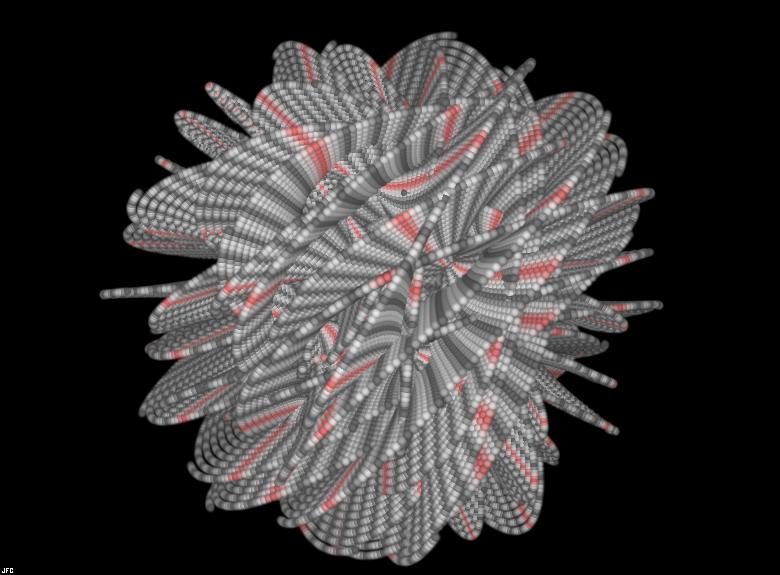

If M is a complex manifold, then an analytic subvariety is a subset X ⊆ M having the property that for each point x ∈ M there is an open neighborhood U of x and a finite sequence f1, …, fm of functions fi:U → C which, when read in the charts, are holomorphic and for which
Given a compact complex manifold M we have an associated first order language having a basic n-ary relation symbol X for each closed analytic subvariety X of Mn interpreted as
Zilber observed that M regarded in this language is totally transcendental with RM(M) ≤ dim(M). Indeed, M is a Zariski-type structure.
It makes for a smoother theory to regard the set of all compact complex manifolds as a many-sorted first order structure, A. Here, the sorts are parametrized by the compact complex manifolds themselves and the basic definable subsets of the product of sorts M1 × … × Mn are the closed analytic subvarieties. Recall that when working with a many-sorted structure, variables are restricted to specific sorts so that any particular formula may refer to at most finitely may sorts at a time and may thereby regarded as an ordinary first-order formula interpreted in the structure whose universe is the product of the finitely many relevant sorts.
Algebraic geometry lives inside A. Indeed, one of the sorts is the complex projective line P1(C) = C ∪ { ∞ } and the graphs of addition and multiplication on C extend to analytic subvarieties of P1.
The trichotomy for A has a geometric interpretation.